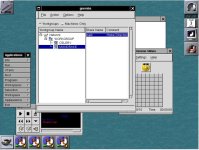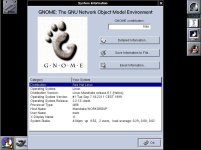The PC is an AMD CPU Ryzen 3? I think. 64GB of RAM. Debian is installed and working fine. Had a bit of a SNAFU with the Adaptec card. Looked like it was plugged in for power but wasn't getting it. I changed over to a different plug and felt it seat. It now shows the Adaptec BIOS msg. I had run LSCSCI but did not
see my SCSI drive. I should now after it reboots.
see my SCSI drive. I should now after it reboots.


